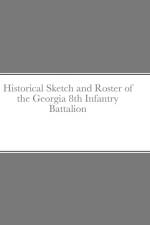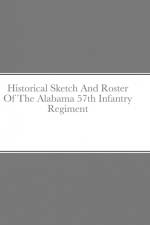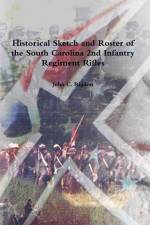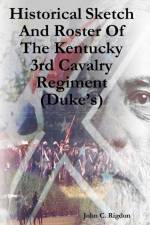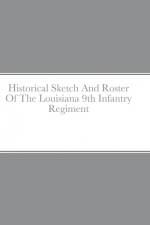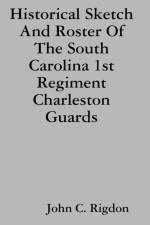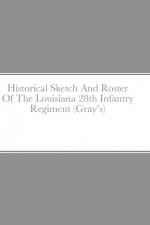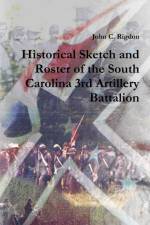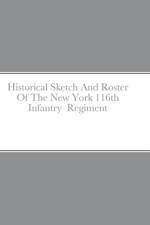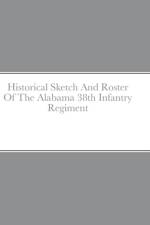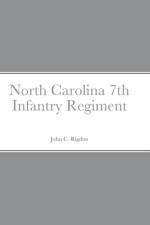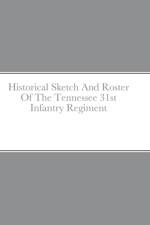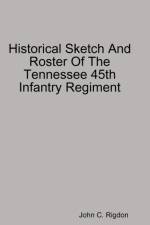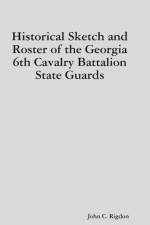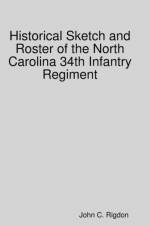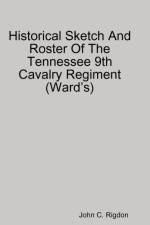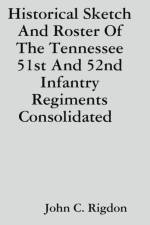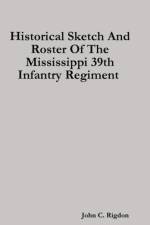von John C. Rigdon
56,00 €
The South Carolina 3rd Artillery Battalion, also known as the Palmetto Battalion, was organized in December, 1861. Its members were from the counties of Allendale, Richland, Charleston, Georgetown, and Kershaw. For some time the unit served in the Department of South Carolina, Georgia, and Florida, but the companies were frequently detached.Companies A, D, E, G, H, I, and K took part in the battles in and around Charleston.Companies A, G, H, I, and K were included in the surrender of the Army of Tennessee.Companies D, E, and F disbanded after the evacuation of Charleston.Company B fought at Jackson, then saw action in the Atlanta, Tennessee, and North Carolina Campaigns. It surrendered on April 26, 1865.Company C fought at Charleston, Jackson, and Chickamauga, then served at Mobile and surrendered in May, 1865.

